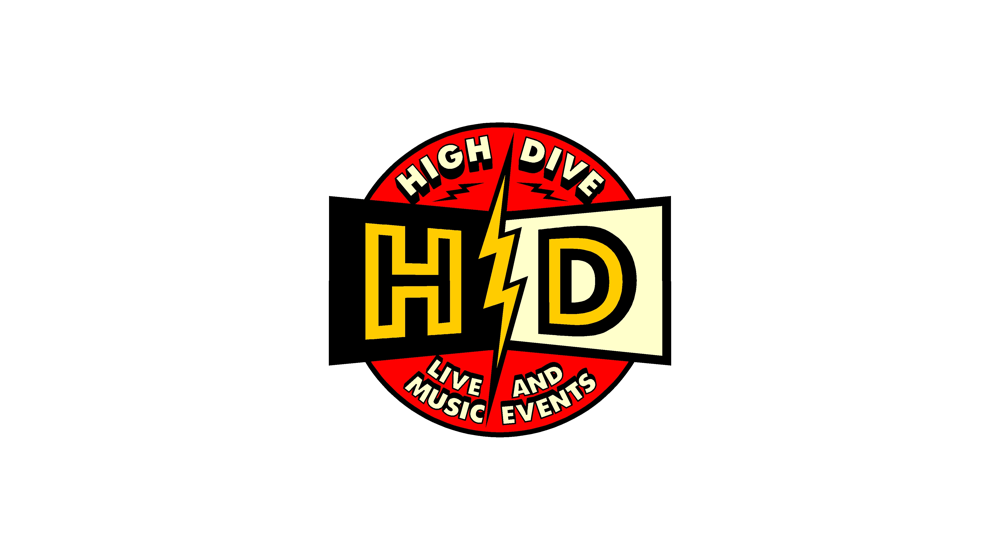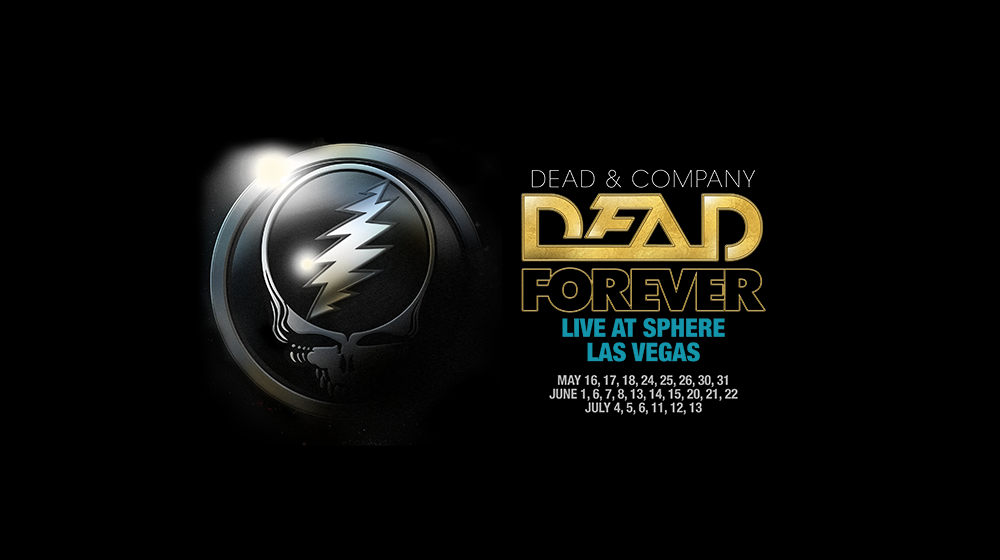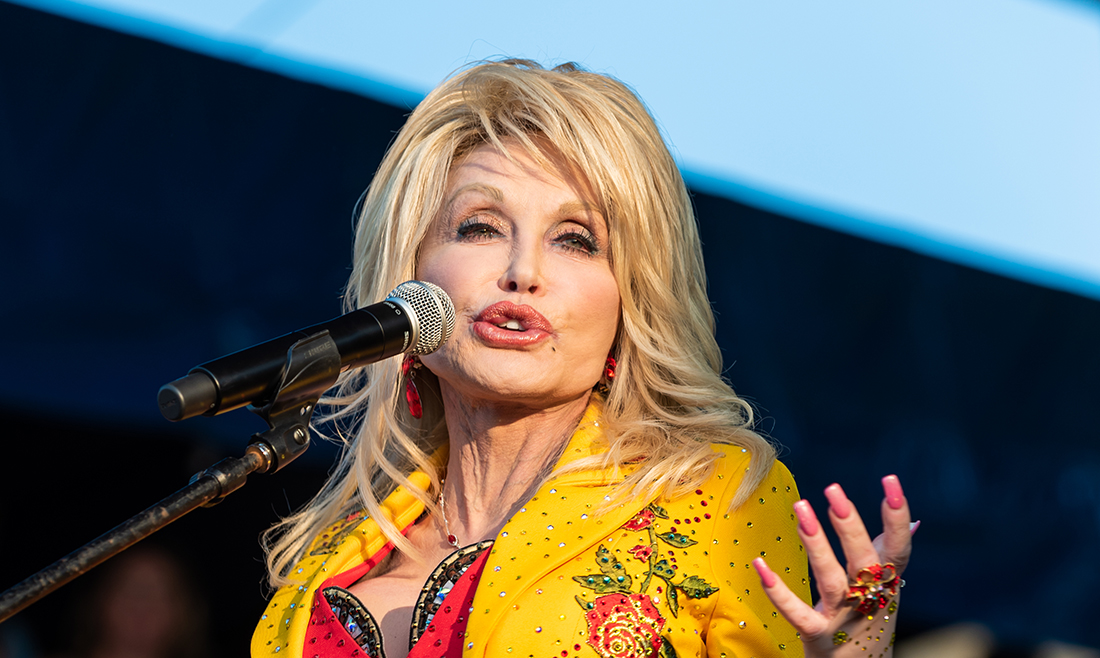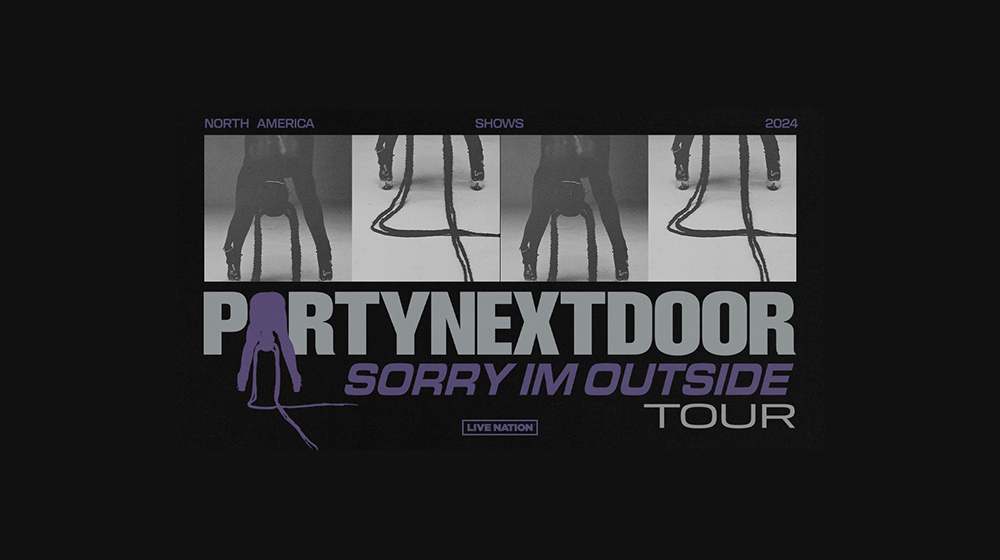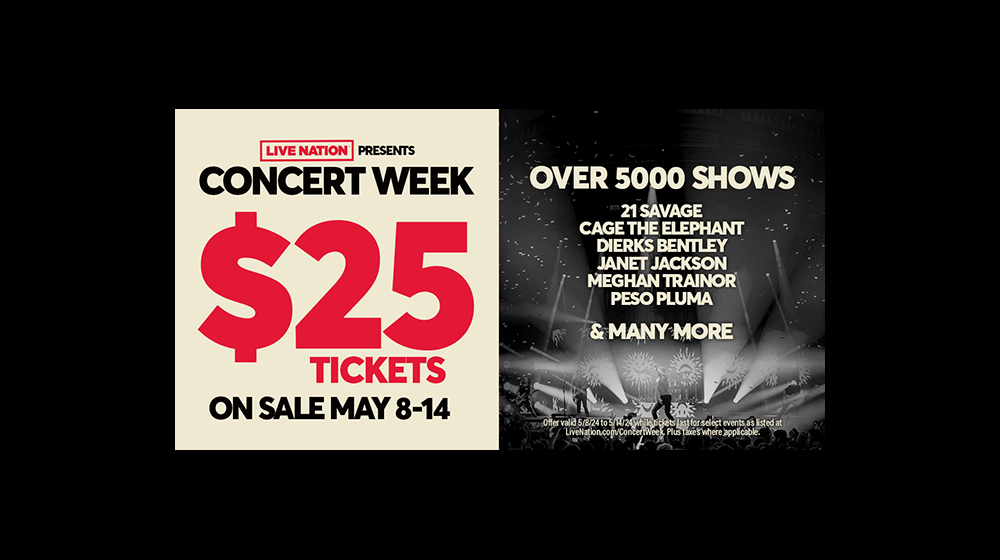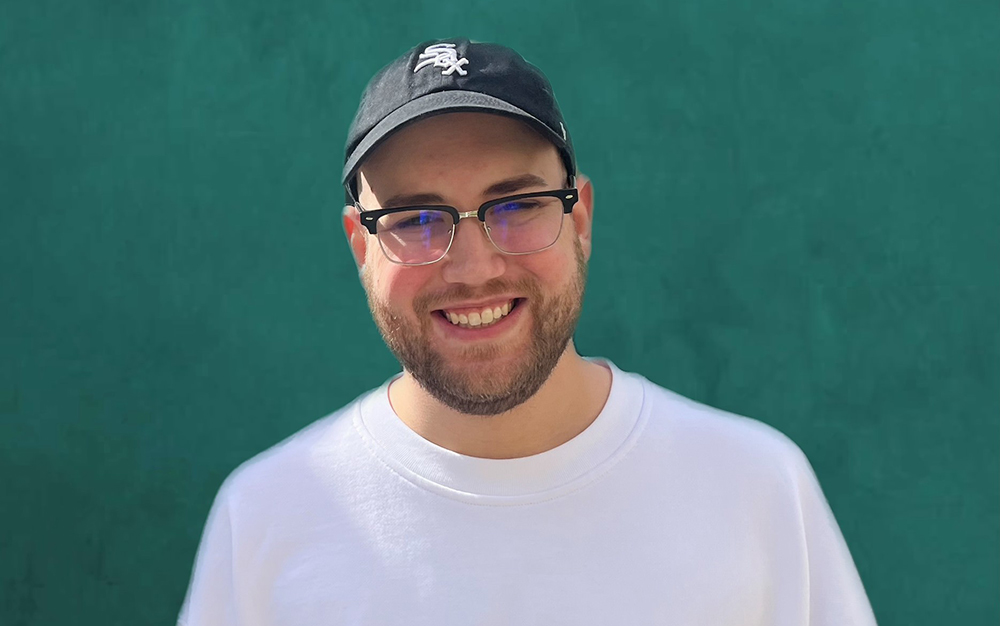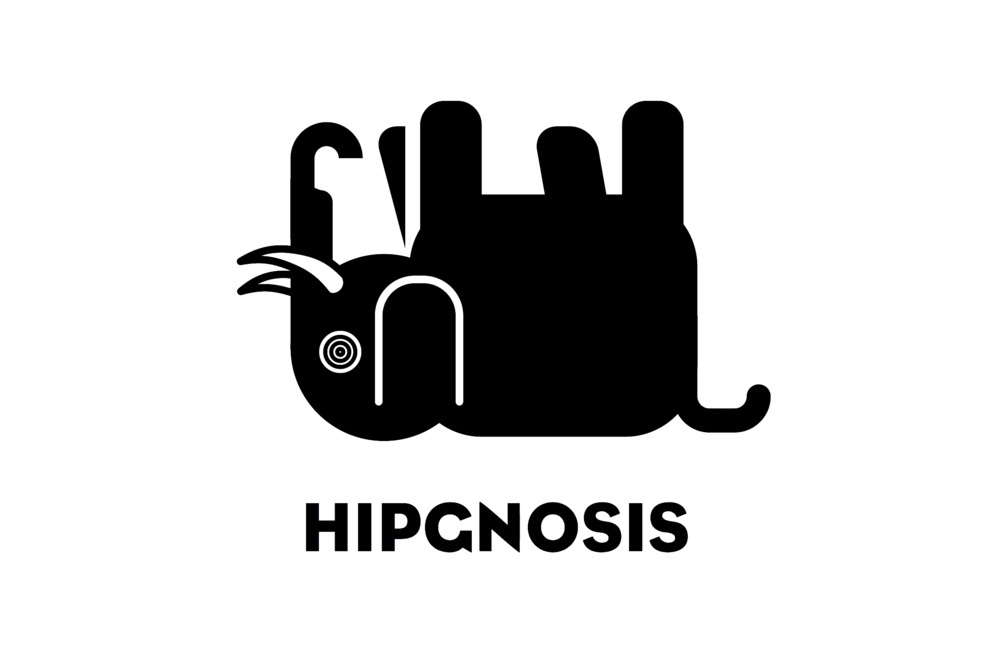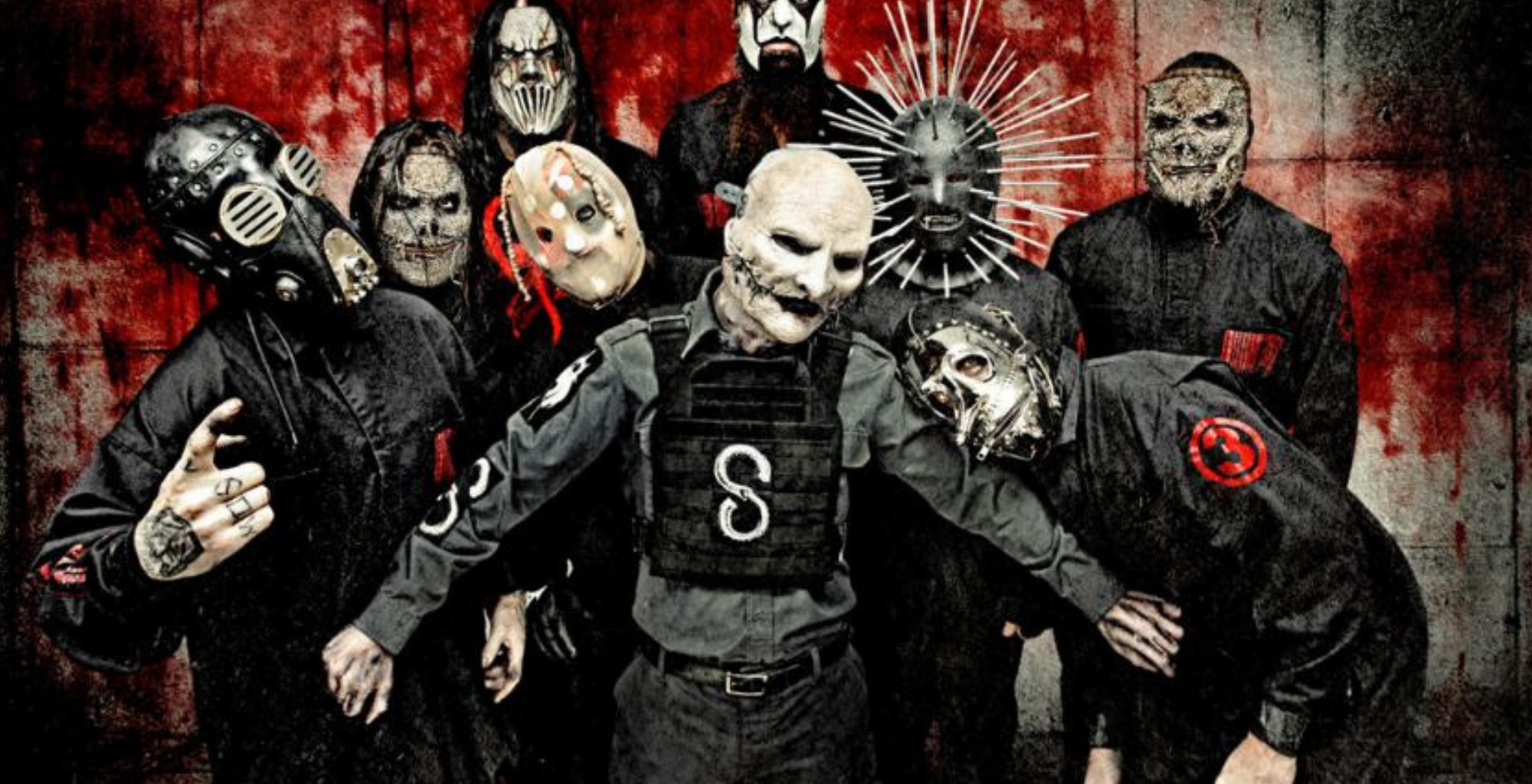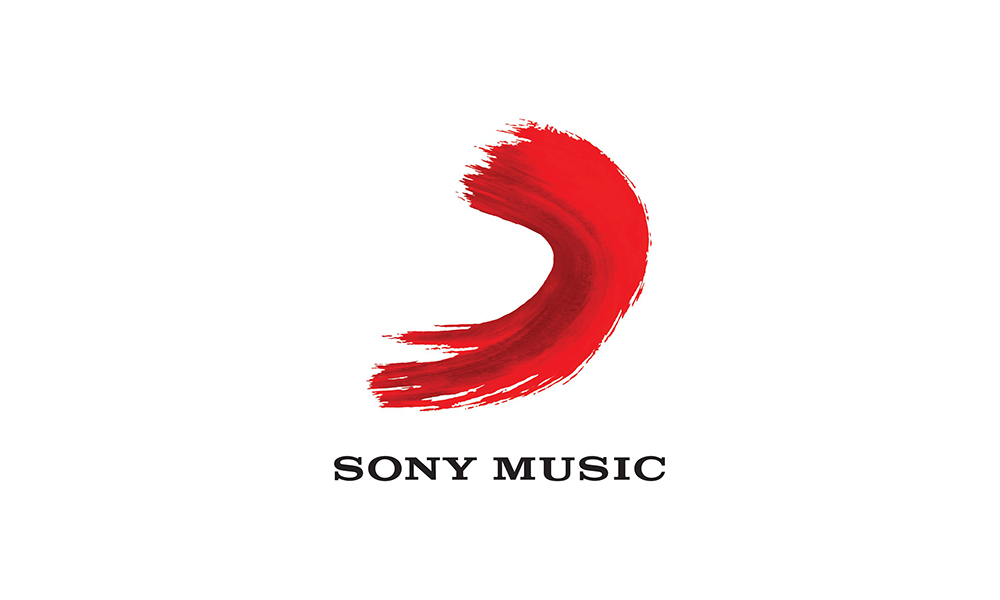She was a has-been. And Ike didn’t get any respect either.
This was the sixties. The era of one-hit wonders, the British Invasion and then album rock. Where did Ike and Tina Turner fit in?
They didn’t. They were an inside act. With hits on the R&B charts, but virtually no action on Top Forty, the main career driver of the era. And it’s not like the nascent FM rock was going to play them either. Sure, the deejays had their pick, it was free-form radio, but the acts were all white, except for Jimi Hendrix, and maybe Richie Havens, but they didn’t really play him either, not until after the Woodstock movie.
And then the Stones took Ike & Tina out as the openers on their ’69 tour.
The Stones knew the act, the British acts knew their history, and “River Deep, Mountain High,” was actually a hit across the pond, it went all the way to #3, whereas in America, it peaked at #88. In other words almost no one ever heard it. And this was back in the era when if it wasn’t on the radio you had to buy it to hear it, and people didn’t, buy it that is.
This was going to be the big breakthrough, Phil Spector’s last hurrah, his crowning achievement. It was weird to read the rock press in the late sixties and early seventies because writers always cited the transcendent excellence of “River Deep, Mountain High,” but I never heard it. And I must admit when I ultimately did I didn’t think it was all that.
Most white rock fans knew who Ike & Tina were, but they were perceived to be relics of a bygone era.
And then the “Gimme Shelter” movie played.
You had to see it. Sure, it was ultimately about Altamont, but this was back in the era when you hungered for any scrap of information about your favorite acts, and video footage was hard to come by, and when there was a film, you went to see it. And Tina Turner stole the movie. It was the way she stroked the microphone during “I’ve Been Loving You Too Long,” we’d never seen anything like it. Sure, back then people had sex, but it was still behind closed doors, underground, you couldn’t Google it. For the rock acts it was a big thing to swear on your record, or stick out the middle finger in a photograph, both of which were ultimately airbrushed by the company when it found out. But something so overtly sexual? It was JAW-DROPPING! Just like James Brown owned the “T.A.M.I. Show,” Tina Turner owned “Gimme Shelter.” At this point everybody could sing, in this era before tapes, hard drives and Auto-Tune. But performing? Tina made the Stones look quaint. She was a bundle of energy. But she could go nice and slow too. She was an adult when her competitors were children. You were instantly hipped, you knew who Tina Turner was.
And Ike was in the background. I mean he played guitar, so what? It took years to find out he arguably created the first rock and roll record. His accomplishments are still overshadowed by the abuse. But Tina was the star. Yet she could never create a solo hit.
But before that, running on the momentum of the Stones tour and the ultimate movie, Ike & Tina had success with a cover of “Proud Mary.” But this was not long after the iconic Creedence Clearwater version. Forget the statistics, people were aware of Ike & Tina’s version of “Proud Mary,” but it wasn’t ubiquitous. And unlike Marvin Gaye’s reimagining of Gladys Knight & the Pips’ hit “I Heard It Through the Grapevine,” the Ike & Tina cover of “Proud Mary” was not radically different. It looked like Ike & Tina couldn’t write their own hit, which was the key to credibility and longevity back then. Furthermore, “Proud Mary” was heard on AM in an era when most rock fans had moved on to FM. Oh, you’d see Tina performing “Proud Mary,” you’d get it, but the average rock fan thought the act was running on fumes.
And then in 1976 Tina left Ike. This was a big story. Covered at length not in the gossip pages, but the music magazines. She was rebirthed. In the wake of her sensational appearance in the “Tommy” movie as the Acid Queen in 1975.
And then…nothing.
Now you’ve got to know, eras went by. Corporate rock, disco, the reign of Supertramp’s “Breakfast in America” and Pink Floyd’s “The Wall.” Steve Dahl blew up disco records in Comiskey Park and not only did it put a dent in that format, but the entire business.
And then came MTV.
At first very few people could see it. And the acts featured were all white. The brass famously said MTV was programmed like an AOR radio station, and those were all white. Ultimately Walter Yetnikoff forced the crossing of the color line by insisting they play Michael Jackson, saying if they didn’t he would pull all the company’s videos, but…
Tina Turner had nothing to do with all this. She released solo records that sank immediately. She was the aforementioned has-been.
And then along came John Carter.
2
Carter, he’s gone now too. He passed in 2011.
Carter worked at Capitol, a lame record company. Of course they had the Beatles and the Beach Boys and the Band, but as soon as all those acts were out of contract, they bolted. Ultimately after going to Warner Brothers and then coming back to Capitol, Bob Seger had success, he broke through with a live album, but you didn’t want to be on Capitol, better than to have no deal, but even RCA could have hits, with David Bowie and Hall & Oates. MCA was pretty lame. It got to the point where you could only consider it a major based on Elton John and its catalog, corporate refused to spend any money, ultimately bringing Irving Azoff in to resuscitate the label essentially from scratch. But Capitol was trying. And constantly failing.
Of course there was the Knack, but they ended up being one-hit wonders.
As for John Carter? He was a meat and potatoes guy, he signed and produced Sammy Hagar, who made some really good albums after playing with Montrose, but Sammy didn’t get big until he decamped to Geffen.
Not that this affected Carter’s self-worth. At times he could let his guard down and be fun, act like your equal, but usually he acted superior. You didn’t want to hang with him, but it didn’t really matter, because he didn’t want to hang with you.
And then he signed Tina Turner.
TINA TURNER? Not only was she history, Carter had no background in Black music, his claim to fame was writing the lyrics for “Incense and Peppermints.”
This was back when you had to have a deal to play. And now six figures were spent on most albums. It was big business. And with MTV…you could be rocketed into the stratosphere, known all around the world. I’d say no one thought fortysomething Tina Turner could be on MTV, but we never ever got that far, because everybody firmly believed this was a folly, she’d had her shot, she was done.
And the album took YEARS to make. Carter kept talking about it and you’d roll your eyes, you thought it would never come out.
And then it did.
3
“You must understand how the touch of your hand Makes my pulse react”
There she was, on MTV. In that jean jacket and a rooster haircut that put Rod Stewart’s to shame. Tina didn’t look old, she looked wise, experienced, a step above the girls featured on the channel. Furthermore, Tina was SEXY! She was not only comfortable in her body, she knew how to use it. She was beyond charismatic, she was magnetic and knew it.
And we were floored.
EVERYBODY WAS FLOORED!
As a result of the “I Want My MTV” campaign and the ability of the channel to make hits, with Culture Club, Duran Duran and then Michael Jackson, MTV WAS culture. To the point where every act had a video, they wanted a chance to play the lottery, to win big.
Not only kids were tuned in, but adults too. It was the new thing. You think AI is a big deal? MTV was far beyond that. The only thing that has equaled it since is the internet, which ultimately killed it.
But for a good ten years there, closer to twenty, MTV was it. It not only made songs hits, it made the singers of those songs stars, on a level far beyond today. And it changed fashion. It was the Kardashians on steroids. You’d go to the mall and see a zillion Pat Benatars.
But Tina Turner was something else. She was confident. She didn’t seem to need it, and therefore she became an even bigger star.
But it wasn’t only that one track. “What’s Love Got To Do With It” was followed up by the energetic “Better Be Good To Me.” If you hadn’t purchased the album “Private Dancer” by then, you were now incentivized. Obviously it had depth.
“What’s Love Got To Do With It” isn’t so easy to explain, its rhythms and chorus were not conventional, which drew you to it. But “Better Be Good To Me” was more traditional, it may have started out somewhat slow but then it started to march, you were pulled right in, you were hooked, and then came the chorus…
“Why can’t you be, good to me”
It wasn’t like “Better Be Good To Me” was a new song, the Holly Knight/Mike Chapman composition had been on Knight’s group Spider’s debut back in ’81, but went unheard. And you can listen to the original online, but Tina turned the song into a classic, she not only turned up all the faders on the board, she turned up all the faders inside herself!
WHY CAN’T YOU BE
GOOD TO ME
WHY CAN’T YOU BE
GOOD TO ME
WHY CAN’T YOU BE
GOOD TO ME
WHY CAN’T YOU BE
GOOD TO ME
She was right in your face. Overwhelmingly. Tina was employing all the talents she had displayed for decades, but now she had the right vehicle and people were primed, they were paying attention.
“‘Cause I don’t have no use
For what you loosely call the truth
And I don’t have the time
For your overloaded lines
So you’d better be good to me”
Talk about girl power. This was beyond Gloria Steinem and “Ms.” magazine. Turner took the concept and ran with it. She embodied liberation. She was free of Ike and she rose from near-obscurity to dominate this new paragon MTV.
You’d be driving in your car and you couldn’t help but sing along.
And MTV had changed the radio landscape. AOR was eclipsed by new Top Forty stations on FM, playing the hits that were on the TV channel.
But wait, THERE’S MORE! Next Tina quieted down and delivered the subtle, haunting “Private Dancer.” She was a triple-threat, she could do it all.
They don’t make albums like “Private Dancer” anymore, that everyone knows, EVERYONE! Not only her name, but the tracks, Tina was ubiquitous, worldwide royalty, because that was the reach of MTV.
This was her moment.
4
And having succeeded in the rock world, Tina dove deeper. She did a duet with the white hot Bryan Adams on “It’s Only Love,” the two of them emoting with all their powers, but as good as Bryan’s throaty voice is, Tina came in and put the track over the top, sprinkled her magic, pouring lighter fluid on an already burgeoning fire. This wasn’t a cash-in, this delivered. Listen to it today, with the slicing guitar riff and the exclaiming vocals…they don’t even make rock music like this anymore, never mind what’s in the Spotify Top 50.
And this was back when movies still meant something.
“Mad Max” was a cult favorite. But “Mad Max 2” in 1981 was a phenomenon. The audience was waiting with bated breath for another installment. And it got one in 1985, with “Mad Max Beyond Thunderdome.” But in this case the pre-controversy Mel Gibson was not the only star, Tina Turner did not just do a cameo, she had a full role, and sang the theme song to boot, “We Don’t Need Another Hero,” which transcended the usual soundtrack schmaltz yet still sounded like it was movie music. And when you listened to it, you felt powerful. Still do.
“Mad Max Beyond Thunderdome” was a gargantuan hit, everyone saw it, it was part of the culture.
As was Ms. Turner. She was a cut above all the rest, she was the best. And unlike today, she never boasted, finally her talent was enough, people got it. Willie Nelson and Tina Turner, two people who’d been working in the trenches for decades who ultimately broke through. But Tina was even bigger than Willie, there was no one bigger than Tina, never mind that big. And since she cut across generations, and musical styles, when she went on tour it was an event, and it wasn’t about production, it was about HER!
5
And then Tina retired. She told us, but we didn’t believe it. Starting with Frank Sinatra, our modern stars never do call it a day. Even after signing a retirement document in blood. They can’t get that hit of adrenaline, that jolt, that love that they get on stage anywhere else.
But Tina Turner retreated to Switzerland and…
Really retired. Not forgotten, but not in view.
It wasn’t until today that we were fully aware of all her health problems. To us it looked like she’d taken her victory lap and gone out on top. Needed no more.
Now I can’t speak for the younger generations, the millennials, their younger brethren, but if you were alive and conscious in the twentieth century you’re not only aware of Tina Turner, you know her, AND ABOUT HER! Yes, when Tina came back, so did her complete history, the records, Ike, she’d paid her dues, far more than 10,000 hours, the artifacts were all there, and through the magic of the internet are now available to all 24/7.
Tina became even more than her success. She represented persistence. And she showed you could leave an abusive husband and thrive.
Yet she stayed the same.
There was so much information at this point, so many clips, so many articles, that it was ultimately revealed that Tina Turner was quite normal. Not living an extravagant life, buying ten houses and twenty cars, she wasn’t drunk in public, but when she was on stage…
She came alive.
She could do it. Tina Turner had it.
And we all knew it.
And still do.
She’s gone, but we still remember her impact, her talent.
She was good to us.
We were in thrall to her.
She was our public dancer. All the way from Nutbush.
You didn’t feel like her best friend, but you knew her. Which is one of the reasons her death is so devastating. She didn’t O.D., she lived on, she did it, she entertained us. And so far no one has come along to challenge her.
She was just that good.
Responses from Bob’s readers. These comments are not edited for grammar or content and do not necessarily reflect the views of CelebrityAccess or its staff.
Around 1982 I got the coolest call from Roger Davies that he and Tina loved our clients Heaven 17’s records, which they produced, and wanted to talk to them about working on her new album. The band were in LA promoting their new record for Virgin/Arista “Let Me Go.” We went up to the house in Bel Air and met with them. We sat on the floor. It was dark, and as gigantic fans of Tina we just sat in awe of her magnetism and beauty matched with total humility. Anyway, we made a deal. Roger was such a great manager and there was no bullsh*t. They went in the studio and cut “Let’s Stay Together” and “I Can’t Stand The Rain.” The record sold a zillion copies, and we were so proud to have been involved. We all throw around the words greatest and icon all the time but come on, then there’s Tina Turner.
Bill Gerber
____________________________________
In our interview, you asked about one of my greatest career moments and afterwards I thought of this and regretted not telling you:
I was in Dortmund Germany in the 1980s, right after I started representing Tina, to see her perform at the local arena. Backstage, before the show, Graham Lyle and Terry Britten came to see her with a song they’d just written tucked her their arms.
Tina looked at it and started singing “We Don’t Need Another Hero” for the first time, a capella, in an echoey hallway with that overpowering voice. It was a truly magical moment and I still get chills thinking about it.
Don Passman
____________________________________
She really was simply put. THE GREATEST!
The one and ONLY! I was fortunate enough to promote one event for Tina a long time ago. It was 1978 and I booked her at my club in Dallas named the Palladium of Dallas. It was for 4 shows in 2 nights and all performances were completely sold out. The Palladium was a rather odd setup in that the dressing rooms were located in the back of the venue behind the audience. The only path from the dressing room to the stage was a long flight of stairs from the dressing room up to a catwalk over the audience to another long flight of stairs down to the back stage area. Upon the completion of her 4th performance I met her as she came off the stage and helped her get up the 1st flight of stairs to the catwalk going back to the dressing room area. When we got to the other side she said “boss man I can’t make it down those stairs. Can you turn around?” I did and she immediately jumped up on my back and I carried her down the stairs to the dressing room. Tina was really and truly the epitome of leaving it all on the stage and she did it every time she took the stage for many decades after that. She was a real life hero and my hero 100% for sure. May God rest her beautiful soul.
Danny Eaton
____________________________________
While on staff as an engineer at Capitol Studios, I’d have occasion to cut demos with A&R staff producer, Carter. One of them was with Melissa Etheridge, who years later, I’d end up producing. But that’s another story for another time.
Carter brought Tina into the studio in hopes of cutting demos, not only to get her signed but to inspire songwriters to submit songs for her. She wasn’t the “new, young, hip” thing, having had success in the 60’s and 70’s with Ike and Tina Turner revue. But that was years ago. Songwriters didn’t want to give up their best songs to a has-been. Carter had a vision and the demos helped the ball rolling.
We were wrapping up overdubs on the demos late into the night. Tina had a red eye to catch at LAX, flying to Japan for some industrial solo gig. We had gotten 2/3 of the way through her vocal when the microphone crapped out (probably succumbed to the power of Tina.) It was a vintage Neumann and we had to take time out to revive it. The tech shop set about their task, estimating maybe 45 minutes.
I told Tina the estimate and she said, “OK, I’m just gonna catch a little cat nap.” She grabbed a packing blanket from one of the gobos for a pillow and proceeded to lay down at the mic stand. Minutes later, she was asleep.
Once the mic was back up and tested, I nudged her, “Hey Tina, we’re ready to go”. She popped up, and proceeded to blast through the rest of the song in time to catch her flight.
Total pro. Gentle soul.
Carter produced the title track, “Private Dancer”. A couple of the demos we cut ended up as B-sides and were included on later compilations. One of my favorites:
“Don’t Rush the Good Things”: https://rb.gy/8vbfw
You can hear the room sound of Studio B on the drums… And that VOCAL! And her backgrounds. Goosebumps.
That “debut” solo album would go on to earn 4 Grammys and sold 20 million copies. Carter was right.
The last time I saw Tina was with Carter when she wrapped her touring career at the Staple Center. High kicks and high notes intact. She was special. I treasure the Polaroid we snapped during the demo sessions…
David N. Cole
____________________________________
You know I am a fan of your writing, and your tribute to Tina nails it. You not only encapsulate Tina Turner’s remarkable rollercoaster career, but in doing so explain the history of the music business through her ride.
I will say that I was aware of “River Deep, Mountain High,” and to this day, when that Ike and Tina record comes on, (Ike’s a**hole-ness notwithstanding), I drop what I’m doing, crank it up loud, and feel my arm hairs stand tall. Tina’s vocal covers so much ground. Its innocence draws you in, but that phrasing, ahead of the beat, teasing at the urgency of what is coming. Then she hits you with “And it gets stronger…,” and tears your heart out. That chord change into the chorus spins you for a loop, her scream at the end of the bridge is so crazy sensual. No wonder pop radio was afraid to play that record. It was simply too good. What could they play after it? Everything else would have sounded weak by comparison. I don’t know of another record (Phil Spector’s a**hole-ness notwithstanding) which was so far ahead of its time. No female vocalist had ever laid her pain, as well as her sexuality so bare. I listened to the record again just now, three times in a row, and I am on the floor…again!
Tina Turner transcended all stereotypes. She was a powerful African American woman who could out-rock the Stones. (Face it, Mick was the white male version of Tina!) “What’s Love” blew out the boundaries of what kind of music black artists “should” make. Her duet with Bryan Adams on “It’s Only Love” showed her to be a true rock singer. When I watched Tina’s recent documentary, and learned that she was living a quiet life in Switzerland, I put two and two together. But like you, I am proud of her for leaving us with only memories of her strength, fearlessness, relentless courage and drive, and selflessness. It takes a lot to go out on top, and that is what Tina did.
We are losing so many of our heroes. When David Crosby passed it broke my heart. I know Tina is gone. But the picture of her shimmying across the stage, fringe flying, every muscle in her body feeling the rhythm, and the sound of that voice, expressing emotion with every ounce of power in her being, are so ingrained in me that I can’t feel sadness. She is not gone, will never be gone, her spirit is simply too strong, her river simply too deep…she is simply the best. … kc
Kevin Cronin
____________________________________
We were signed to Capitol and were recording at Mayfair Studios in London. Sitting in the lobby drinking tea when the doors blew open and in walked Tina along with her manager, bodyguards and surprisingly our friend Lisa Dalbello (who was about to be managed by Roger Davies, Tina’s manager). We had a chat, then 20 minutes later I had my ear to the studio door, listening to Tina laying down vocals on “What’s Love Got To Do With It.” 10 minutes later she was gone.
“Total pro” the producer later said. “She did 2 takes but nailed it on the first one.”
One of a kind.
Cheers,
Drew Arnott
Strange Advance
____________________________________
As usual, an excellent and an insightful remembrance of a brilliant artist. But you’ve forgotten to mention or give props to an absolutely essential element of the amazing career renaissance of Tina Turner, an “element” which I had the great honor and pleasure to experience & collaborate with first hand.
Namely the brilliant, always strategic and incredibly intuitive and supportive work of Tina’s longtime personal manager Roger Davies.
Right around the time that the Private Dancer album broke through on the strength of the “What’s Love” hit single, I worked very closely with Roger on a national marketing and media celebrity rebranding project for McCalls magazine.
The campaign featured several female music and entertainment icons which included Bette Midler, Carly Simon, Cher and of course Tina. Developing and structuring the partnership with the ad agency and the client with Roger demonstrated not only his keen business and creative savvy, but above all his total dedication to doing only and precisely what he thought was best for his artist; and to making sure that she was both comfortable, relaxed and pleased with the project at all times.
You could feel Roger’s depth of understanding about how often Tuna had been previously mistreated and misunderstood and he wasn’t going to have any of that again.
And so he maintained appropriately firm but fair control of all aspects of her participation in the project throughout.
No ask, no decision was made without Roger’s direct and careful evaluation and approval.
And because Tina clearly trusted Roger so completely, everything went 100% according to plan. Which almost never happens in those sorts of multi party partnerships!
In all of the years in which I’ve had the opportunity to work with a wide array of great musical talent from every music genre, I’ve never encountered a more thoroughly professional and cooperative artist.
Nor have I found a kinder, more down to earth, honest and well balanced human being than Tina Tuner, who weathered many personal storms and traveled the hardest of roads in her earlier days and came out of it all as a true superstar & a one of a kind talent.
And, I’ve never worked with or observed a more perfectly well suited and “in tune” artist/manager team than Tina Turner and Roger Davies.
RIP
Stephen Dessau
____________________________________
Bob, once again it’s Sammy Hagar, your every five year friend, ha ha.
First of all. what you wrote about Carter’s involvement in Tina’s comeback put tears in my eyes! You obviously know how I feel about Carter and what he did for me in my career & our long time relationship. Carter did the same thing for Bob Seger, as he did for Tina, me and many others. always fighting for the artist. Carter was Our friend & champion in the corporate world of the music industry.
But his involvement with Tina, was so special and your acknowledgment and understanding of all the moving parts was just wonderful, esp In the midst of all the sad news, your article gave me a happy moment.
Thank you.
Here’s to. Carter & Tina in rock ‘n’ roll Heaven.
Sincerely,
Sammy Hagar



























